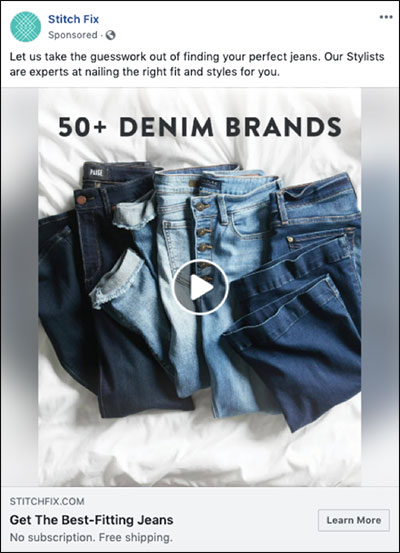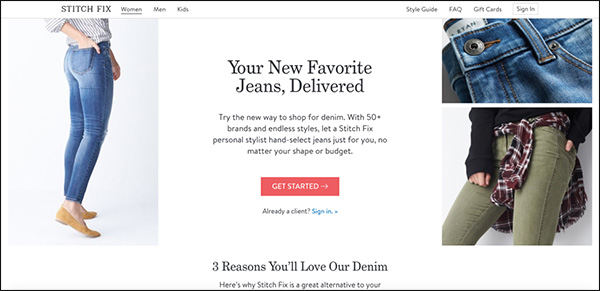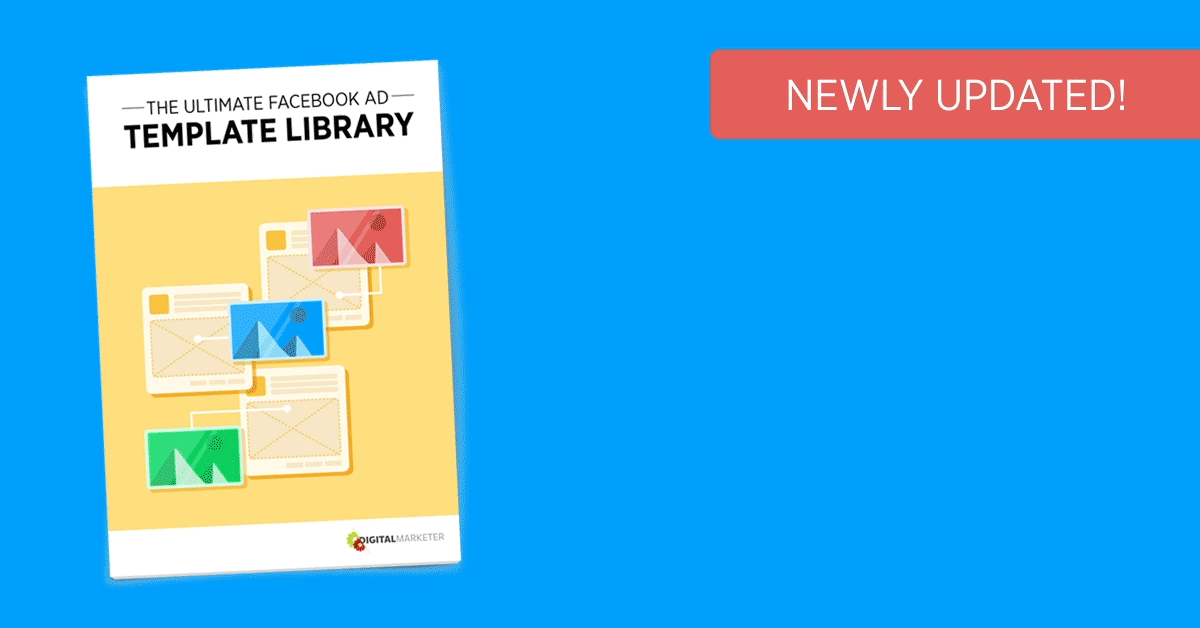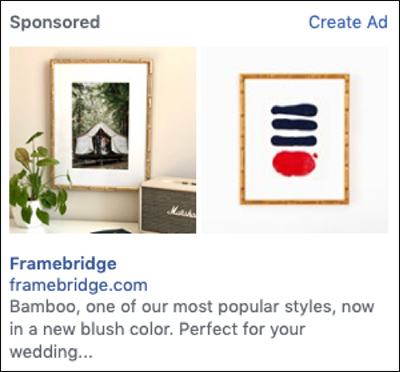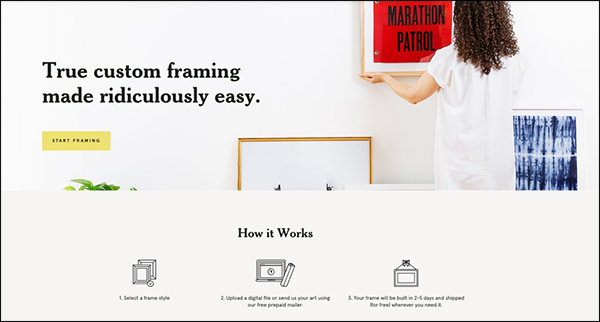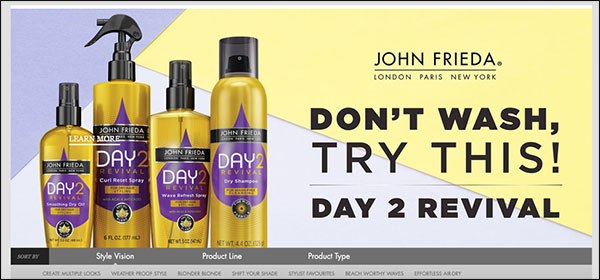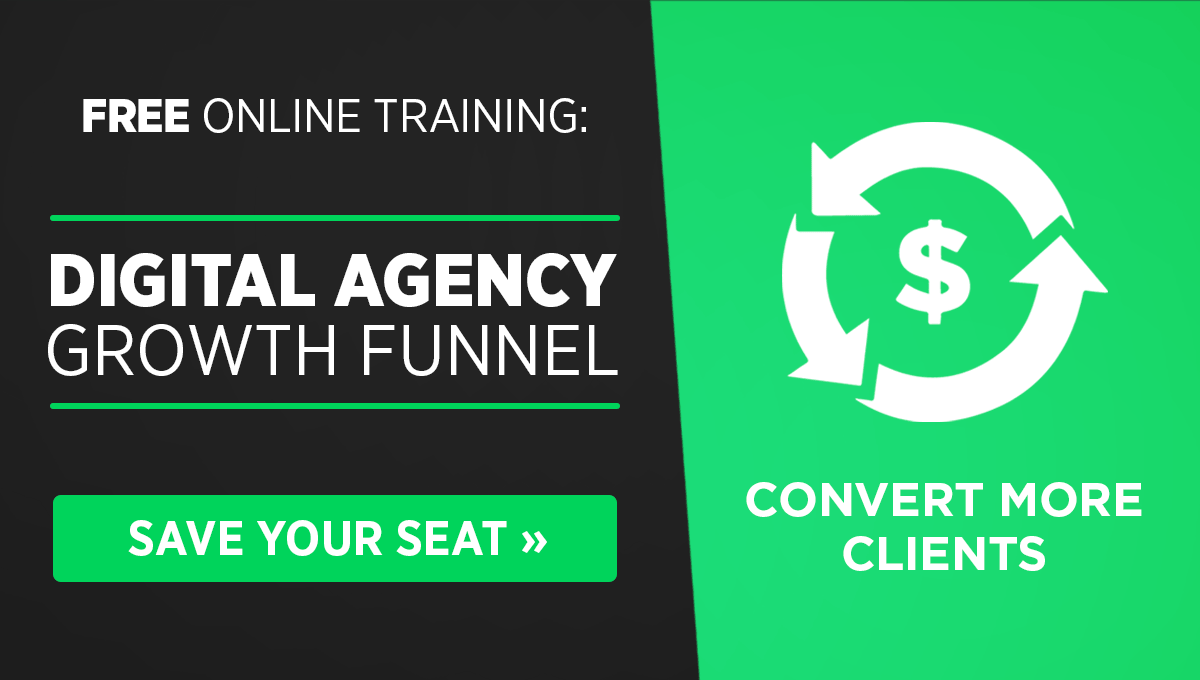Have you ever dealt with this?
You have an impressive number of social media followers, but when it comes to shifting those people off of social media to your website, you’re just not seeing the conversions.
Or worse, have you ever paid to run an ad and had it fall flat on its little optimized face?
When social media followers aren’t turning into website visitors and paid ads aren’t doing their job, odds are, you’re doing 1 thing wrong.
You’re writing bad headlines.
Bad headlines seem to plague the marketing world, especially on Instagram, Facebook, Twitter, and LinkedIn. It’s not your fault. Writing headlines is hard. There’s a reason that copywriters can get paid $100+ an hour, and it’s not just because they smell good—it’s because they get clicks.
Writing great headlines is essential for getting social media clicks, but the same headlines can be applied across your landing page, blog, and even sales team.
(RELATED: Want to learn the secret to writing killer email subject lines? Check out 6 years of our best email subject lines.)
A great practice is to pay attention to the headlines on your newsfeeds.
Once you get a handle on writing headlines, you can use them:
- On your sales page
- As the title for your presentation
- As the title of your blog posts
- With in-person sales communication
But HOW do copywriters turn followers and paid ads into website traffic? And how can you follow their example, even if you are not a professional copywriter?
By using these 3 headline-writing strategies.
The 3 headline writing strategies used by copywriters are:
- Social Proof (Piggyback)
- Threat
- Gain
We’re going to give you examples of all of these headline strategies below. If you want formulas that you can use to write headlines that get more clicks, you can download this PDF to get 73 fill-in-the-blank formulas you can use to write your own headlines.
Social Proof (Piggyback) Headlines
Let’s do an experiment. Think of the last product you purchased on Amazon—did you check the reviews before making your final decision?
Ninety-five percent of people age 18–34 read local business reviews, 57% of consumers will only buy from a business with 4 or more stars, and 91% of 18–34-year-olds trust online reviews just as much as personal recommendations.
If statistics tell a story, this one is crystal clear. People want to see that other people (especially people like them) like a business or product before they make a transaction.
So by putting social proof in your headlines, you jumpstart that process.
Write Headlines that showcase social proof look like this:
- Why Writers Are Obsessing Over This Grammar App
- $10k+ MRR Drop Shippers Are Shipping This Automation Tool (Here’s Why)
- 5,000 Digital Marketing Agencies Used This App to Hire Freelance Designers
Copywriters are smart. They leveraged this social proof and then took it a step further. They added high-authority sources.
What if you went to purchase a knife set on Amazon, and while doing your diligent consumer duty of reading reviews you stumbled upon a review from a guy named Gordon Ramsey saying that this is best ****ing knife set he has ever used?
Would you keep shopping for knife sets, or would you buy this one?
Hootsuite leveraged Seth Rogen’s celebrity status to push this post on Twitter:
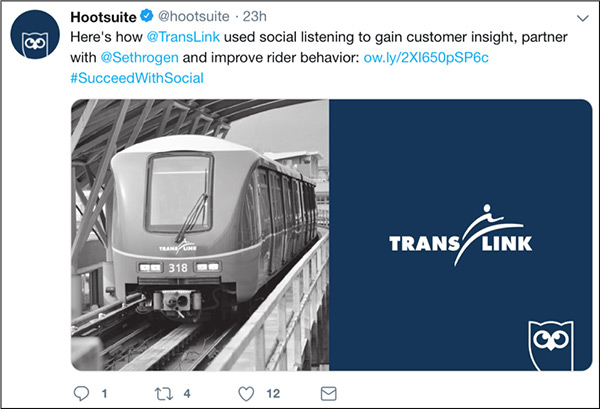
ManyChat used our CEO, Ryan Deiss, and DigitalMarketer’s authority in this piggyback headline:
“Ryan Deiss from DigitalMarketer sat down with ManyChat during Conversations and we came out with *5 Questions for Messenger Marketing*”
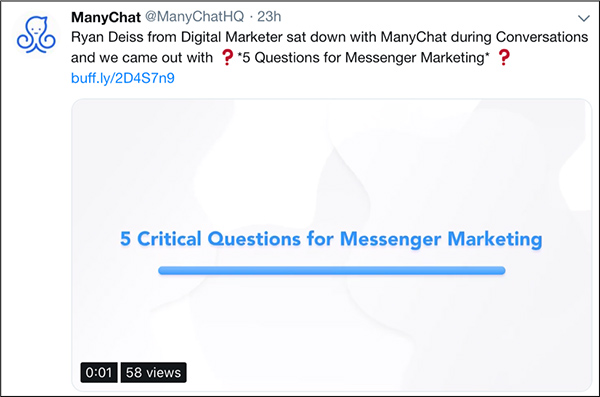
Copywriters have figured out that by leveraging the social proof of high authority professionals, they can make their headlines that much more clickable.
Threat Headlines
Threat headlines aren’t as scary as they sound. We’re not going to threaten to kidnap somebody’s puppy if they don’t read our article. What we are going to do is show them how they can avoid pain by reading our article through the threat headline.
What kind of pain are we talking about?
- 13 Things to Do so You Don’t Lose Your Dog
- Read This Checklist Before Flying to a Foreign Country
- The 5 Biggest Mistakes Made by New CrossFitters
Firstleaf uses a threat headline in their Facebook post that asks viewers, “Are you overpaying for wine?” and explains the margins that liquor stores make on bottles to drive clicks.
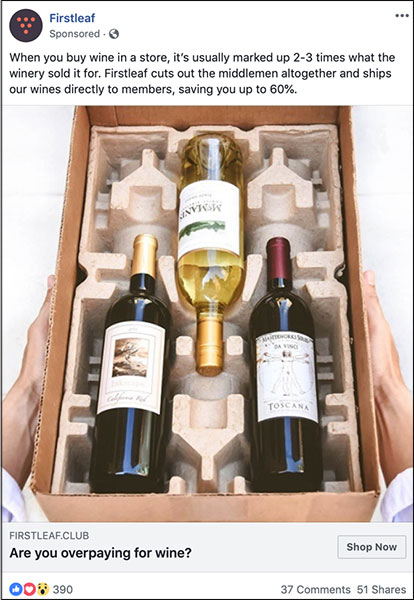
So while Mr. Snuggles is safe for now… using an appropriate threat can get your audience to jump into action.
Gain Headlines
Gain headlines follow a 2-step formula of benefit + promise.
What is the benefit of somebody clicking on this social post, and what is the promise you are making them in return for the click?
- 10 Last Minute Valentine’s Day Gifts You Can Buy Today
- 15 Dinner Ideas Using Ingredients Already in Your Fridge
- 10 Easy Workouts for Beginners
For example, NYT Bestselling author of The Subtle Art of Not Giving a F*ck, Mark Manson is a master of gain headlines.
His headline, “5 Skills You Need to Be More Emotionally Intelligent than the Average Three-Year-Old,” gives the benefit of 5 skills that will make the reader more emotionally intelligent and the promise that they’ll have a higher EQ than a 3-year-old after reading his article.

3 Simple Ways to Improve Your Headlines
Now that you know the fundamentals of a good headline, you can start to flex your copywriting muscles. We’ve scooped the ice cream and now we can add some toppings.
Here are 3 more strategies that you can use alone or integrated with the above strategies to drive action from your headlines.
1. Add the words “How To”
The “How To” headline can play into the piggyback, threat, and gain strategies mentioned above.
For example:
Harper’s Bazaar piggybacked off of Victoria’s Secret’s social proof as leverage to make this Facebook post more clickable by using the headline, “How to Work Out Like a Victoria’s Secret Model at the Gym.”
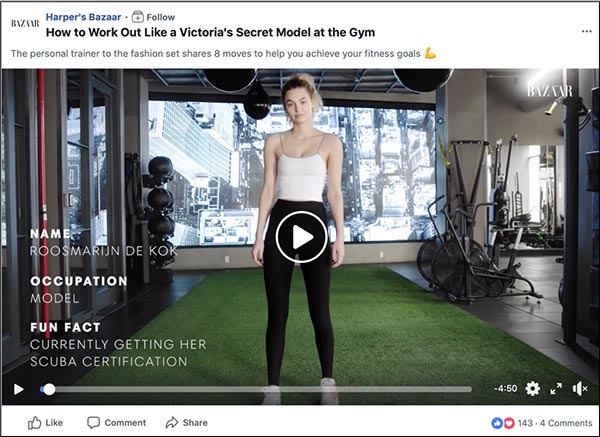
CNBC merged the threat headline and the “How To” headline to create the headline for a YouTube video titled, “How to Avoid the Latest Phishing Scam Targeting Direct Deposit.”
BuzzSumo paired the gain headline strategy with the “How To” to create the headline, “How to Create and Promote Content That Gets 100+ Links in a Month.”
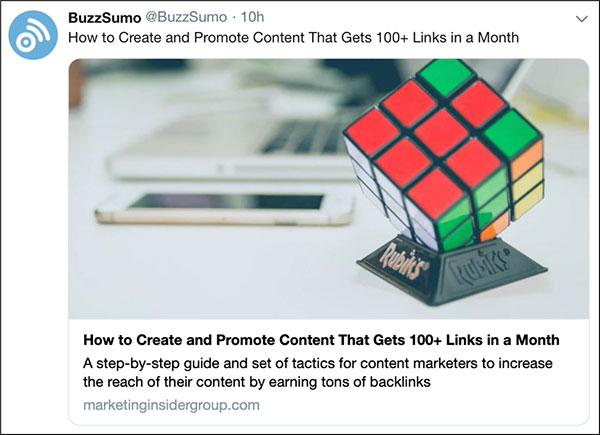
2. Communicate time
If you can give people a time frame for when they will receive the benefit they are promised in your headline, you’ll skyrocket your headline’s success.
Tasty communicated a time frame with a “quick quiz” that promises the benefit of telling Facebook quiz takers what they want for dinner tonight.
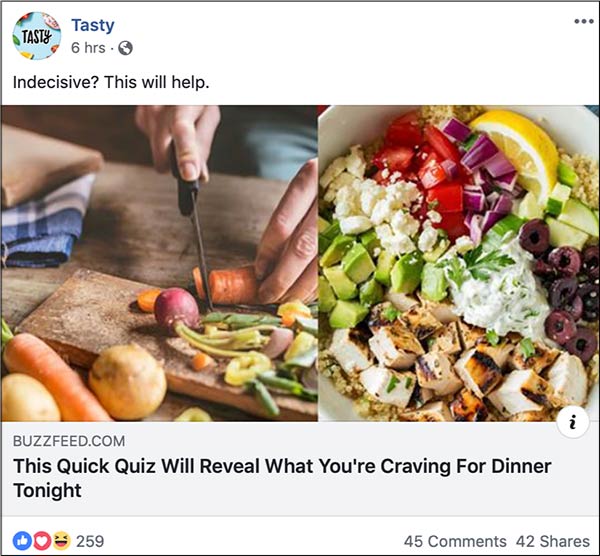
3. Add fascination
Fascination is the verbiage of your headline that makes people stop scrolling and think, “That’s interesting.” In 2019, this is one of the hardest things to do (the average person has an attention span of 7 seconds—this is not a joke).
The Verge used the fascination strategy to talk about 5G networks, using cows as the bait to get users to stop scrolling and click on their Twitter post.
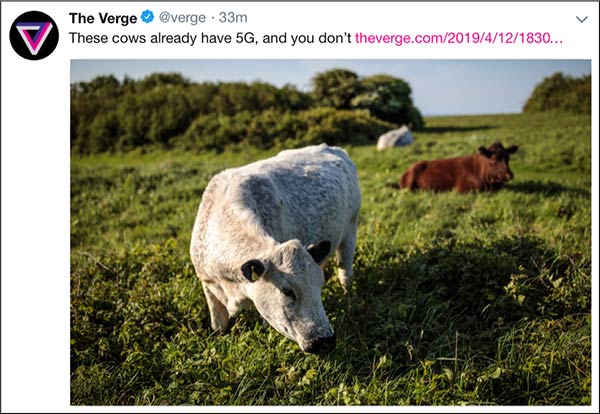
How to Use the Social Media Headline Swipe File

The headline swipe file is designed to help you write headlines without the need for an expensive, albeit incredibly good smelling, copywriter. Copy and paste the headline, fill in the blanks, and A/B test to see which works best. Use these headlines on blog posts, ads, workshops, social media, and more.
But don’t stop there. The more you work at it, the better your headlines will be. We are constantly surrounded by headlines all day long. A great practice to move yourself from Headline Jedi to Obi-Writing Kenobi, is to pay attention to the headlines on your newsfeeds.
What strategy is being used, and does it make you want to click?
If no, how could you rewrite it to be more clickable?
By using headline strategies that actually work, you make your way toward becoming a headline master.
Which means that you will soon be getting more conversions from your social media followers, more click through on your paid ads, and more pageviews on your blog.
The post Learn to Write Headlines That Get More Clicks [Plus FREE Swipe File Download] appeared first on DigitalMarketer.
from
Learn to Write Headlines That Get More Clicks [Plus FREE Swipe File Download]

